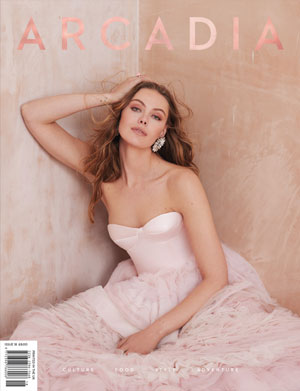Nursing uniforms have undergone significant transformations over the years, evolving from the starched, floor-length dresses of the early 20th century to the practical and stylish scrubs worn by healthcare professionals today. This article explores the history, current trends, and future directions of nursing uniforms, with a special focus on the role of modern scrubs in enhancing workplace efficiency and comfort.
The Historical Shift in Nursing Attire
From Starched Dresses to Practical Tunics
The early nursing uniforms were heavily influenced by military styles, reflecting the profession’s origins in wartime nursing services. These uniforms were designed more for modesty and formality than for function, often comprising long skirts, aprons, and caps. It wasn’t until the mid-20th century that the shift towards more practical attire began, with the introduction of shorter, simpler dresses and eventually, the separate tunic and pants known as scrubs.
The Introduction of Scrubs
Scrubs were first adopted in the operating room where sterility was paramount. Their simple design and lack of pockets minimized contaminants’ hiding places, making them ideal for the sterile environment. Over time, scrubs spread to other areas of healthcare due to their comfort and practicality, eventually becoming the standard uniform for most nursing staff.
The Role of Modern Scrubs in Healthcare
Design and Functionality
Today’s scrubs are a far cry from the rudimentary garments of the past. They are designed with the input of healthcare professionals to ensure they meet the needs of modern medical practice. Features such as multiple pockets, moisture-wicking fabrics, and stretchable materials enhance functionality and comfort.
Psychological and Social Considerations
The design of scrubs also considers psychological and social factors. Colors and patterns can influence the mood of staff and patients, with brighter colors often used in pediatrics to create a friendly, less intimidating environment. Moreover, scrubs help to democratize the healthcare environment, creating a sense of team unity among staff.
Current Trends in Nursing Uniforms
Eco-Friendly Materials
Sustainability is becoming a priority in the production of scrubs. Manufacturers are increasingly using recycled materials and sustainable practices to minimize environmental impact.
Technological Integration
Advancements in textile technology have led to the development of scrubs that can do more than ever before. Some modern scrubs are embedded with antimicrobial properties to reduce the spread of infections, while others feature UV protection or thermal regulation.
Customization and Personalization
With the rise of individualism in workplace attire, custom scrubs that reflect personal style without compromising professional standards are becoming more popular. This trend includes a variety of patterns, colors, and even custom embroidery.
Choosing the Right Scrubs
When selecting scrubs, consider the following factors to ensure you get the best fit and functionality:
- Fabric Type: Look for materials that offer durability, comfort, and ease of care.
- Fit and Comfort: Ensure the scrubs fit well without restricting movement.
- Functionality: Consider the design features like pocket placement and elastic bands.
- Aesthetic Appeal: Choose colors and patterns that suit your workplace environment and personal style.
For those looking for a blend of style, comfort, and functionality, Cherokee scrubs offer a wide range of options that cater to the diverse needs of healthcare professionals.
The Future of Nursing Uniforms
Innovations on the Horizon
The future of nursing uniforms is likely to see even greater integration of technology. Innovations such as wearable tech that monitors health metrics or provides communication tools could be incorporated into the design of scrubs.
The Continuing Importance of Comfort and Functionality
Despite technological advancements, the core attributes of scrubs—comfort and functionality—will remain paramount. As healthcare settings become more dynamic, the need for uniforms that support a wide range of activities will continue to drive design innovations.
Final Thoughts
The evolution of nursing uniforms from traditional dresses to modern scrubs reflects broader changes in healthcare—increasing professionalism, advancing technology, and a focus on practicality and comfort. As we look to the future, the importance of these garments in the daily lives of healthcare professionals is only set to increase, making the choice of the right scrubs more important than ever.







